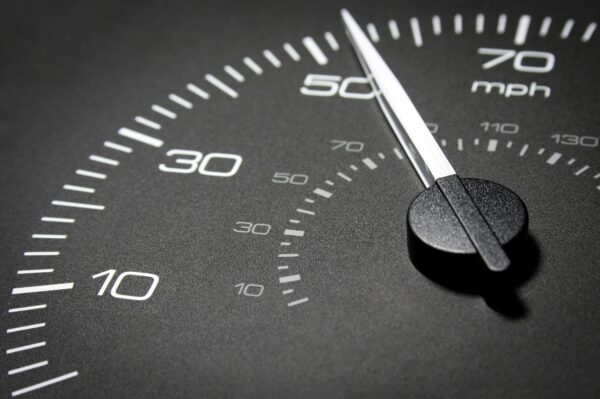
The relationship between clearance and voltage and engine performance
In theory, the greater the gap, the higher the breakdown voltage, the higher the combustion voltage, and the better the engine performance.
For example, a 1.8L self-priming engine, using Hantek 6074BC digital oscilloscope acquisition, idle speed of about 700 conditions, using the typical voltage wave of 1.1mm spark plug
Increase the gap to 1.3mm.
When the gap is large, the electrons and ions in the mixture are affected by the electric field force, the motion speed is low, and the collision ionization is not easy to occur, that is, the breakdown resistance is large, and the breakdown voltage is higher. Breakdown voltage depends on spark plug gap, electrode shape, electrode loss, combustion chamber conditions, mixture density. After breakdown, arc discharge and glow discharge form flame core, and the combustion voltage of glow discharge mainly depends on the spark plug gap and the movement of the mixture to deflect the spark.
Since the total ignition energy is certain, when the combustion voltage is high, the combustion time will be shorter (the combustion time here refers to the glow discharge combustion time, not the cylinder combustion time), the ignition lag period (ignition lag period) will also be shorter, that is, the formation of a larger flame core area faster. High-speed imaging technology can be used to study the development of flame cores. The larger the gap, the larger the flame core area, the faster the flame speed, and the difference is obvious, as shown in the figure below.
The larger the gap, the faster the flame core develops, which is similar to the quadratic function. The drawing below is only for illustration, please ignore the accuracy.

The gap is large, the combustion voltage is high, the flame speed is fast, the IMEP indicates that the average effective pressure is large, and the cycle variation coefficient is small, the combustion heat release rate is fast, and the combustion mass fraction is larger, which can achieve the reduction of HC emissions and the reduction of particulate matter concentration (PM), but due to the high temperature and pressure in the cylinder, it will lead to higher NOx emissions.



